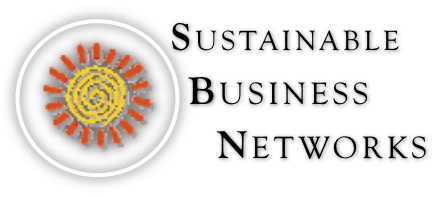Sustainable neighborhoods are born from both the positive hope and aspiration of community members to create ecological, democratic and genuinely humane neighborhoods and villages as well as from the harsh experiences of the dark side of human experience and communities out of balance with nature and society.
Over the next few months, we will be sharing more of our experience of networking for a new kind of neighborhood.
SN members will be posting regular updates here, and we will be undertaking a more systematic networking of local/global sustainable neighborhoods resources.
If you would like to contribute writing, resources or suggestions for this networking effort, please contact us to share your ideas and learn more.






